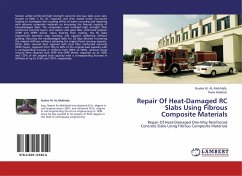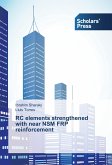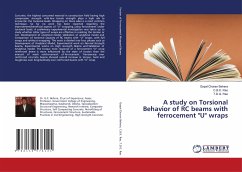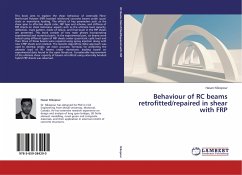Corrosion of reinforced concrete (RC) structure becomes severe problem worldwide and results in a need of a huge budget for the maintenance of the corroded structure. In spite of this need, the concept of repair design and execution is still not well established. Without correct understanding how repair work changes behaviors of the RC structure, the repair work become risky as can been seen from many early failures of repaired RC members. The traditional structural analysis seems to be irrelevant to the repaired structure. This book illustrates how the structural behaviors of the flexural RC members are degraded by corrosion and changed by patching repair. The clear example is given through a sound experimental investigation. The numerical analysis was conducted to reproduce the structural performance of repaired RC. The bonding characteristic between repair materials and base concrete is represented by basic Coulomb friction model. The methodology provided in this book should be beneficial especially to professionals in the repair of RC structure or anyone else who may be dealing with the corrosion problem of RC structure.
Bitte wählen Sie Ihr Anliegen aus.
Rechnungen
Retourenschein anfordern
Bestellstatus
Storno








